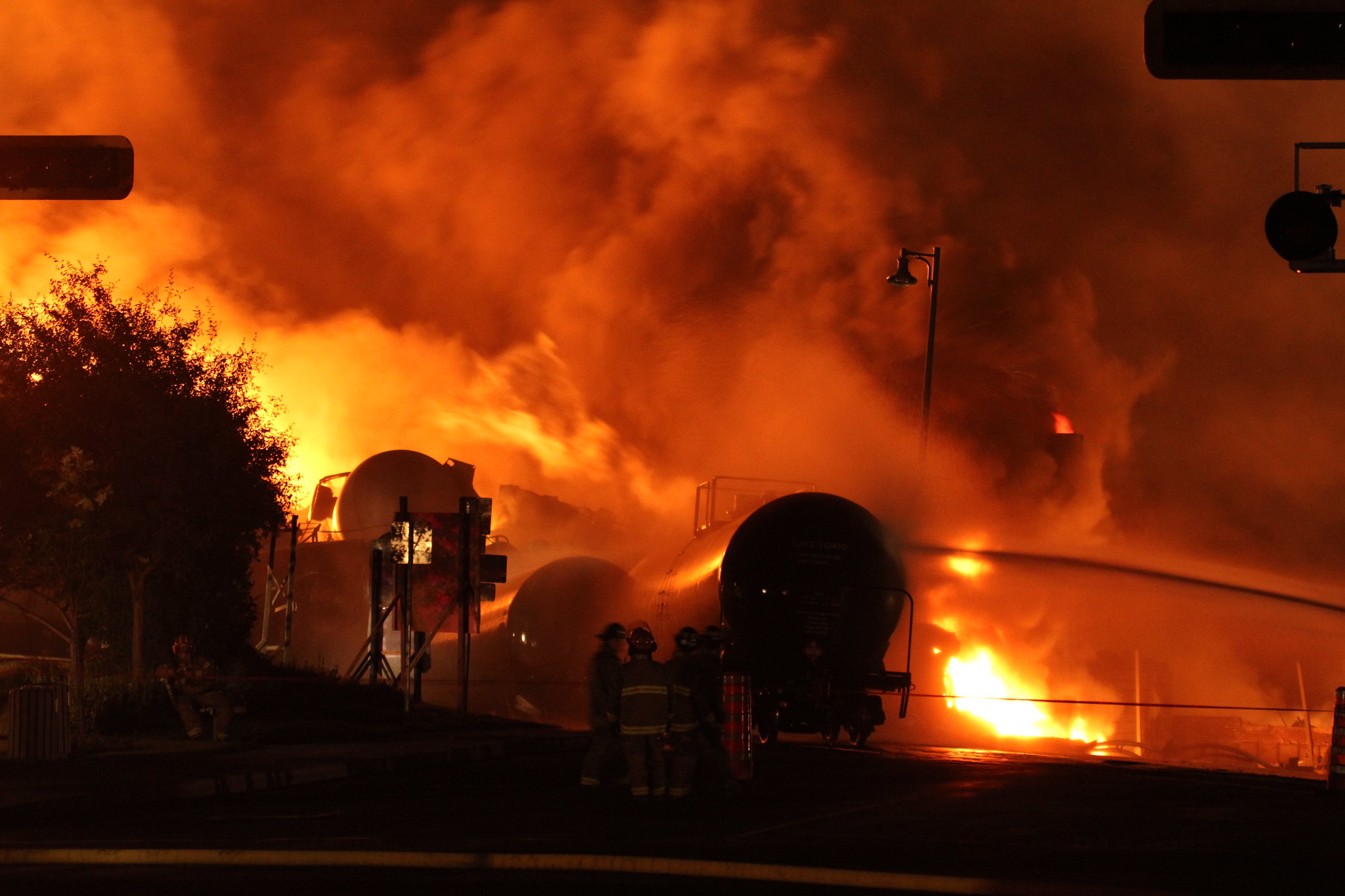The first step in an effective response is recognizing that a chemical incident is occurring or has occurred. While most chemical emergencies in the U.S. occur as a result of accidents or technology failures, they may also occur as a result of deliberate acts or as a result of a natural disaster.
Sectors that routinely use and/or transport toxic industrial chemicals and materials have chemical detection systems in place for the protection of their workers and the local environment. Owners and operators (also called “Responsible Parties”, RPs) of chemical facility sites and/or transportation systems bear the primary responsibility for their security and safe operations and are obligated to provide critical notification and first-response in the event of a chemical incident.
In some cases, however, RPs will not be the first to recognize that an incident is occurring. In the case of intentional chemical attacks, there may be no associated facility to help with event recognition. In the absence of incident notification from an RP, including malicious acts, incident recognition can occur in a variety of ways, including via both active detection systems/technologies and passive recognition systems/ surveillance activities that monitor individuals and populations for chemical exposure signs and symptoms.
Active and Passive Recognition of a Chemical Incident




Unfortunately, the initial recognition of a chemical incident via passive surveillance is often slow, and characterization of the incident is challenging, especially regarding the identification of the specific chemical involved. For example, the Prologue describes a chlorine release during daylight hours, when facility employees could immediately recognize the large chlorine cloud emerging from the rail tanker (and respond to facility detector alarms).12 However, more than an hour was needed to identify that chlorine was released during a train derailment that occurred during the night.21

The initial recognition and characterization of a chemical event are activities essential to limiting the harm caused by the release. Therefore, a combination of chemical detection systems, analysis of human health effects, signs in nearby animals, and other observable features of a release should be employed in communities. This KPF discusses active monitoring/ detection strategies for chemical incident recognition along with passive/ surveillance recognition strategies.
Footnotes
12. National Transportation Safety Board. (2019, February 11). Hazardous Materials Accident Report: Rupture of a DOT-105 Rail Tank Car and Subsequent Chlorine Release at Axiall Corporation, New Martinsville, West Virginia, August 27, 2016. (Report No. NTSB/HZM-19/01).
21. Kirk, M. A., & Deaton, M. L. (2007). Bringing order out of chaos: effective strategies for medical response to mass chemical exposure. Emergency medicine clinics of North America, 25(2), 527–548.


